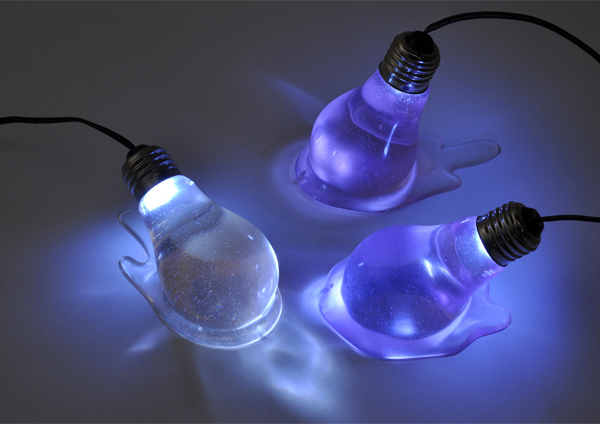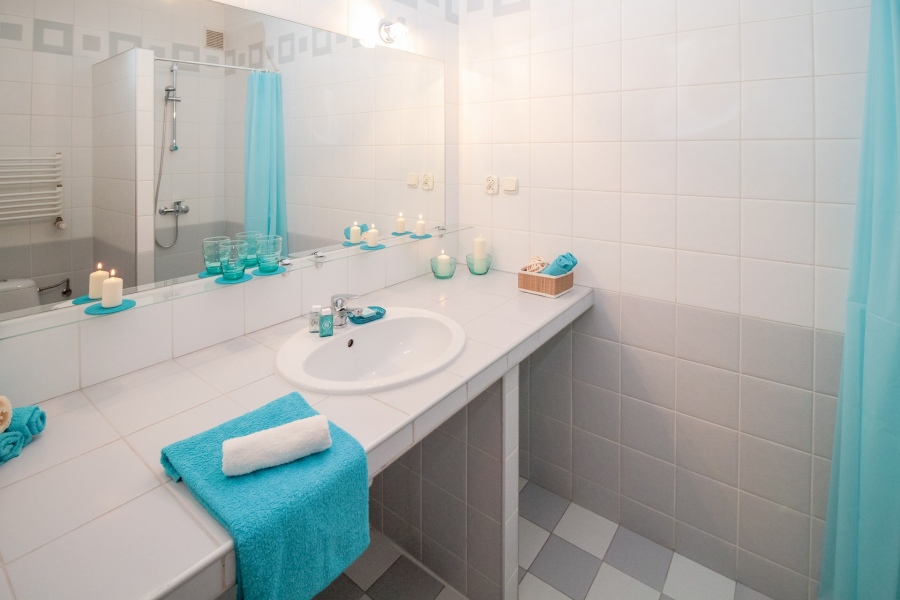When most people want to buy downlights their first choice is often new halogens because they have traditionally been successfully used as downlights. However, the problem with halogens despite minor improvements to the technology in the past few years is the fact that they consume a lot of electricity. Even though halogens are better than incandescent bulbs but they are not better in terms of energy consumption compared to good LED downlights. LED downlights happen to produce a lot less heat than regular halogens and they have a lifespan of up to 50,000 hours which are a lot more than halogens. Plus the fact that LEDs produce less heat mean that cooling equipment like air conditioners will not have to pull more electricity to keep a room’s temperature at a predefined constant. So, there are some indirect savings to be had too. But with so many types of LED downlights being sold these days it’s hard to determine which ones are the best for your needs. That said if you want to replace your traditional downlights with LEDs you should find the below tips useful.
The Power of your LED Downlights
With regular downlights you would want to know its wattage in order to determine if it’s of the right intensity. However, now with the latest LED technology the answer to this question can often be misleading and can end up causing you to make the wrong choice. Watts traditionally measures exactly how much power an LED downlight will use but not the light it produces, this is why basing your decision simply on the wattage will end up leading to choosing the wrong one. The best measurement that describes the output of light or the intensity is the Luminous Flux also known as Lumens or lm. Lumens is merely the near accurate measurement of the amount of light (visible light) which is emitted by the source. So, the best way to choose a replacement LED downlight will be to find out how many lumens your current lights are rated as and then purchase an LED one of equal lumens.
Angle of the Beam
Once you have found an LED downlight which you belive is of the light intensity the other factor that you need to consider is the angle of the beam. Standard halogen downlights usually have a 60o beam angle which allows for you to space each downlight around 1 to 1.5m apart while ensuring that there is enough light below. The difference with LEDs is the fact that they have more directional lights which means that the beam angle is usually around 30-45o degrees and some of the latest ones now offer a wider angle.
Knowing the exact beam angle will tell you how far apart you want to space each downlight during installation. For instance, an LED which has a 45o beam angle will mean that each downlight has to be placed at 1.2m or less apart in order to avoid generating black spots. So you will have to make sure that the light does not need to cover more distance.
Voltage Compatibility
Prior to buying an Led downlight it is very important that you check the voltage level that light is compatible with. The majority of electronics which are imported from North America or those that are made there have between 100v and 217v. If you buy online you need to be very careful of this. In Australia the voltage lines are around 240v, and fluctuate from positive to negative at up to around 10% percent. So, take special care when purchasing a downlight because if you purchase one with an incorrect rating it will fail. Experts advise that people purchase from known Australian sellers like LED Lighting so that they don’t have to worry about voltages.
You may want to Replace Existing Transformers
Even though the Led downlights like the ones sold by LED Lighting can be powered by just iron core transformers which convert regular electricity to DC current there may be issues. Most transformers that are used for halogen spotlights are mainly designed to be connected to either two or one 30 watt bulb. So, low voltage LEDs are not able to meet this minimum wattage load of your transformer which can potentially cause problems. Consider purchasing LED drivers as a solution to this problem, they provide good and steady current to LEDs ensuring that they run smoothly.
Citations:
- Learn About LEDs
Mark is an electrical engineer by profession and an inventor at heart. He has been responsible for introducing high end LED downlights to Australia. He specializes in installing lights at factories and commercial buildings. In his opinion LEDs are the future because they are very efficient and bright making them the perfect future lighting technology.





